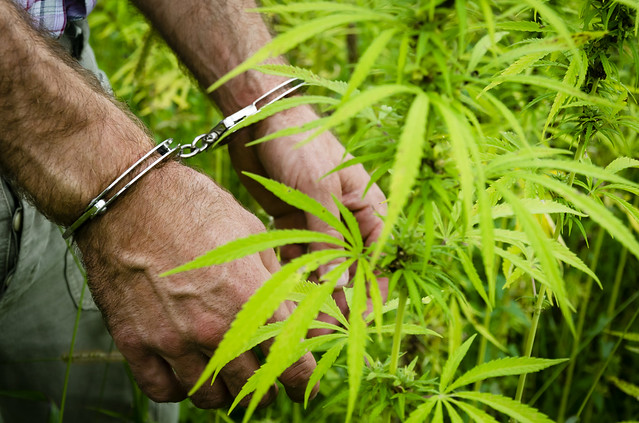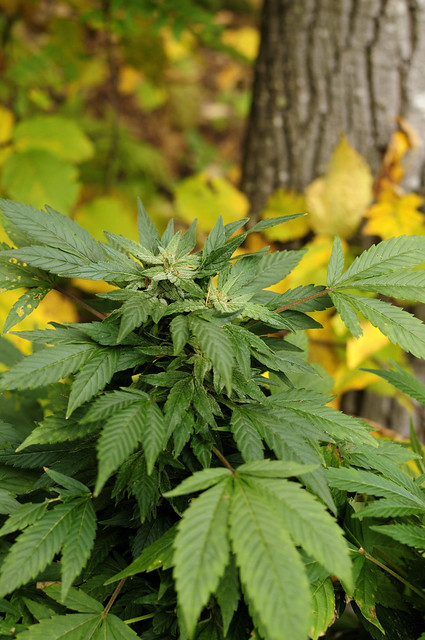
The problem of illegal marijuana farms on national forests is, pardon the pun, growing. Although marijuana is now legal in California and other parts of the U.S., illegal marijuana growing is still a billion dollar industry with international tentacles.
“Twenty years ago the people who planted and tended illegal pot farms were poor farmers from Mexico,” said Craig Thompson, a research wildlife ecologist with the USDA Forest Service. “Today international drug organizations bring in people from Russia and Asia and other places. They don’t have a farming background. It’s strictly mercenary.”
These sites have devastating impacts on both wildlife and water quality. The growers use large amounts of rodenticide to keep mice from destroying their plants. The killing effects can spread up the food chain as larger predators feed on the smaller, poisoned animals.
In California alone, these sites also skim more than a billion gallons of water away from sources intended for human consumption in places like San Francisco and Sacramento. These waters, including those that feed municipal water systems, are increasingly at risk of contamination from highly concentrated rodenticide and insecticide.
Law enforcement agencies have tapped into the Forest Service scientific community to gain insights on how to better counter illegal grow sites on national forests. Environmental DNA, or eDNA, is a highly sensitive method of detecting low concentrations of organisms or substances in low abundance from a cup of water taken from a stream or other water source. The technology can be used to detect the presence of cannabis and the upstream marijuana grow sites.
Agency researchers have also developed a computer algorithm that can detect patterns in aerial and satellite imagery consistent with illegal marijuana grow sites. Once the algorithm is fully trained, it can scan thousands of images in a matter of days to pinpoint a hundred acres of marijuana cultivation from millions of acres of forest land.
In addition, Forest Service scientists have also developed mapping models that reveal how drug markets, policies, and environmental conditions affect grow siting decisions. Their research found that marijuana street prices, grow site elevation, aspect, proximity to water, production costs, and risk of discovery can be used to help law enforcement and managers concentrate their national forest marijuana interdiction efforts.
Finally, scientists provide the Department of Justice with credible scientific evidence in support of prosecution for damage to government property and timber value, as well as documentation on types, quantities, and distribution of unauthorized pesticides. The science supports values claimed for overall reclamation and restoration of illegal marijuana grow sites.

